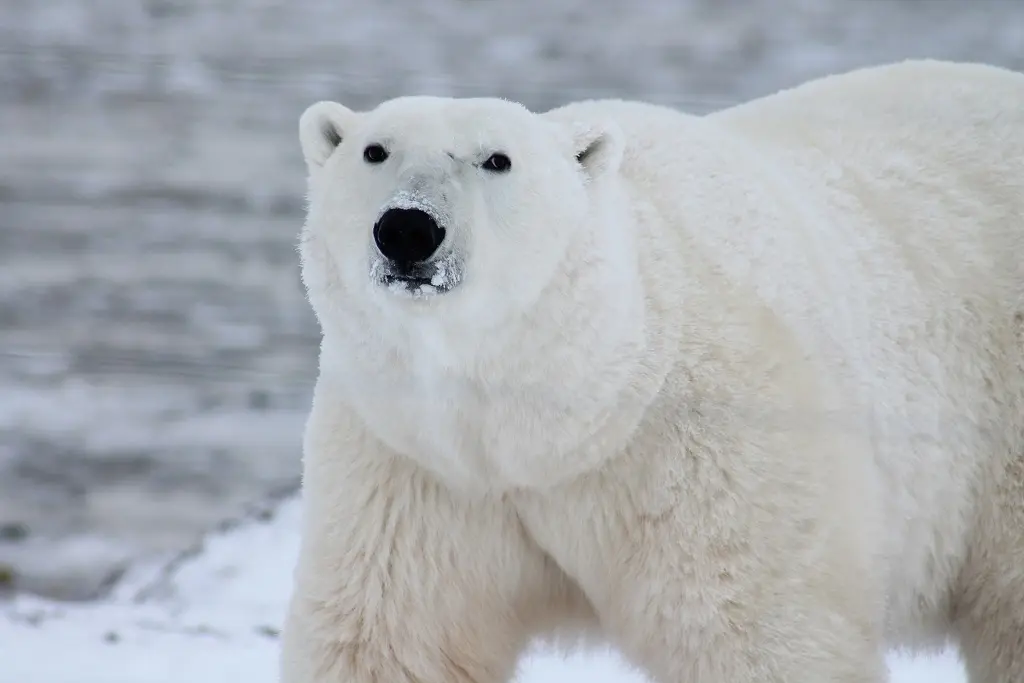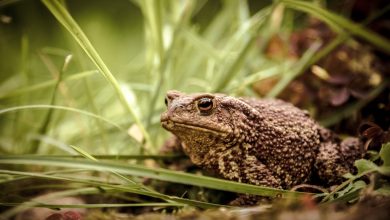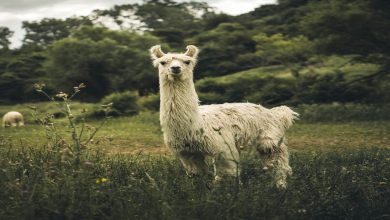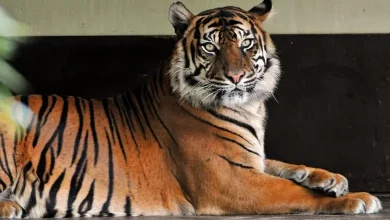Polar bear population decline slows, but still at risk from climate change
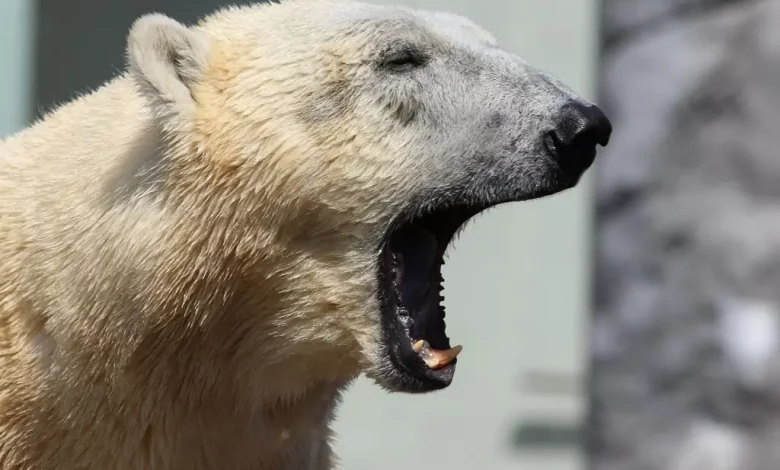
Fur:
Polar Bears Have Thick, White Fur That Helps Them Blend In With Their Snowy Surroundings And Stay Warm In The Freezing Temperatures.
Their Fur Is Actually Not White, But Translucent, Each Hair Shaft Is Transparent With A Hollow Core That Scatters And Reflects Visible Light, Making It Appear White.
Fat:
Polar Bears Have A Thick Layer Of Fat, Called Blubber, That Helps Insulate Them From The Cold And Provides A Source Of Energy When Food Is Scarce.
This Layer Of Fat Can Be Up To 4 Inches Thick.
Paws:
Polar Bears Have Large, Wide Paws That Are Covered In Thick Fur And Are Partially Webbed, Which Helps Them Swim Efficiently.
Their Paws Also Have Sharp Claws That Are Used For Hunting And Climbing On Ice.
Senses:
Polar Bears Have Keen Senses Of Smell And Hearing, Which Help Them Locate Food.
Their Sense Of Smell Is Especially Developed, It Can Detect A Seal From Up To A Mile Away.
In Addition To Their Size, Weight, Fur, Fat And Paws, Polar Bears Have Several Other Physical Characteristics That Contribute To Their Survival In The Arctic Environment.
Teeth:
Polar Bears Have Large, Sharp Teeth That Are Used For Hunting And Eating Their Prey.
Their Canines Are Particularly Large And Sharp, And Are Used To Grip And Kill Their Prey.
They Also Have Strong Molars That Are Used For Crushing The Bones Of Their Prey.
Ears And Nose:
Polar Bears Have Small Ears And A Small Nose, Which Helps To Reduce Heat Loss From Their Body.
This Is An Adaptation To The Extremely Cold Temperatures Of The Arctic Environment.
Eyes:
Polar Bears Have Good Eyesight And Can See Well In Low Light Conditions.
Their Eyes Are Also Adapted To See Ultraviolet Light, Which Is Helpful When Hunting On The Ice And Snow.
Polar Bears Have A Variety Of Physical Characteristics That Help Them Survive In The Arctic Environment.
Their Thick Fur, Fat, And Small Ears And Nose Help To Keep Them Warm, While Their Large Paws, Sharp Claws, Teeth And Good Eyesight Help Them To Hunt And Move Efficiently In The Arctic Environment.
Diet And Hunting
Polar Bears Are Carnivorous Mammals That Primarily Eat Seals.
They Also Eat Fish, Birds, And Other Marine Mammals, But Seals Make Up The Majority Of Their Diet.
They Hunt Mainly Ringed Seals And Bearded Seals.
Polar Bears Are Excellent Swimmers And Can Swim For Days At A Time In Search Of Food.
They Use Their Large Paws And Partially Webbed Toes To Swim Efficiently.
They Can Also Hold Their Breath For Several Minutes While Diving Underwater To Catch Their Prey.
Polar Bears Mainly Hunt At The Edge Of The Sea Ice, Where Seals Come Up To Breathe.
They Wait Patiently For A Seal To Come Up For Air, And Then Quickly Grab It With Their Sharp Claws.
They Also Hunt For Seals By Breaking Through The Ice With Their Powerful Front Paws, And Also By Stalking Them On The Ice.
Polar Bears Also Scavenge On Whale And Walrus Carcasses When They Are Available.
They Also Eat Vegetation, Berries, And Kelp When There Is A Scarcity Of Their Preferred Prey.
In Addition To Hunting And Eating Seals, Polar Bears Have Other Methods Of Obtaining Food.
One Way Is By Waiting At Breathing Holes, Where Seals Come Up To The Surface To Breathe.
Polar Bears Are Able To Detect The Breathing Of Seals From Up To A Mile Away And Can Wait Patiently For Hours For A Seal To Come Up For Air.
Once A Seal Appears, The Polar Bear Quickly Grabs It With Its Sharp Claws.
Another Way Is By Stalking Seals On The Ice.
Polar Bears Are Able To Move Silently And Stealthily On The Ice, Allowing Them To Sneak Up On Unsuspecting Seals.
Polar Bears Are Also Opportunistic Feeders And Will Take Advantage Of Any Food Source That Is Available To Them, Such As Scavenging On Whale And Walrus Carcasses, Eating Vegetation, Berries, And Kelp.
In Terms Of Swimming Abilities, Polar Bears Are Excellent Swimmers And Can Swim For Long Distances, Even In Rough And Icy Waters.
Their Large Paws, Partially Webbed Toes, And Thick Layer Of Blubber, Help Them To Stay Buoyant And Swim Efficiently.
They Can Also Hold Their Breath For Several Minutes When Diving Underwater To Catch Their Prey.
Polar Bears Are Skilled Hunters And Opportunistic Feeders That Have A Variety Of Strategies For Obtaining Food, Primarily Hunting And Eating Seals, But Also Foraging For Other Sources Of Food When Available, And Their Swimming Abilities Are An Important Aspect Of Their Hunting Strategy.
Habitat And Distribution
